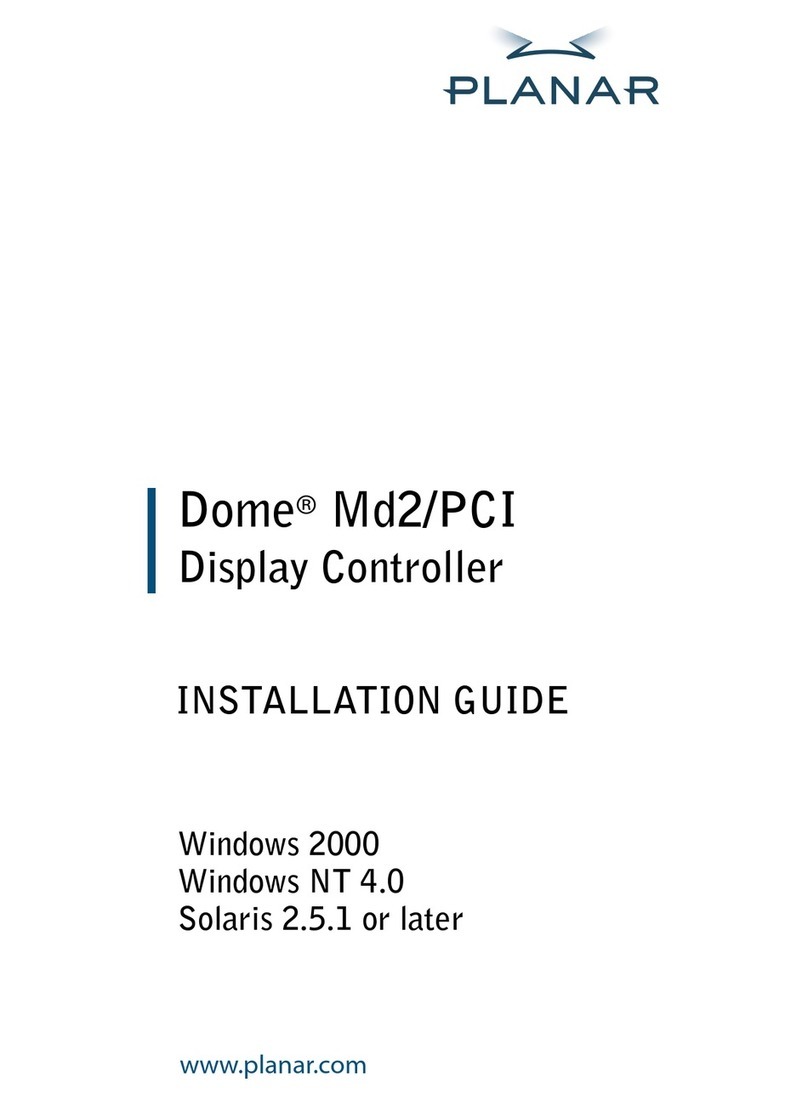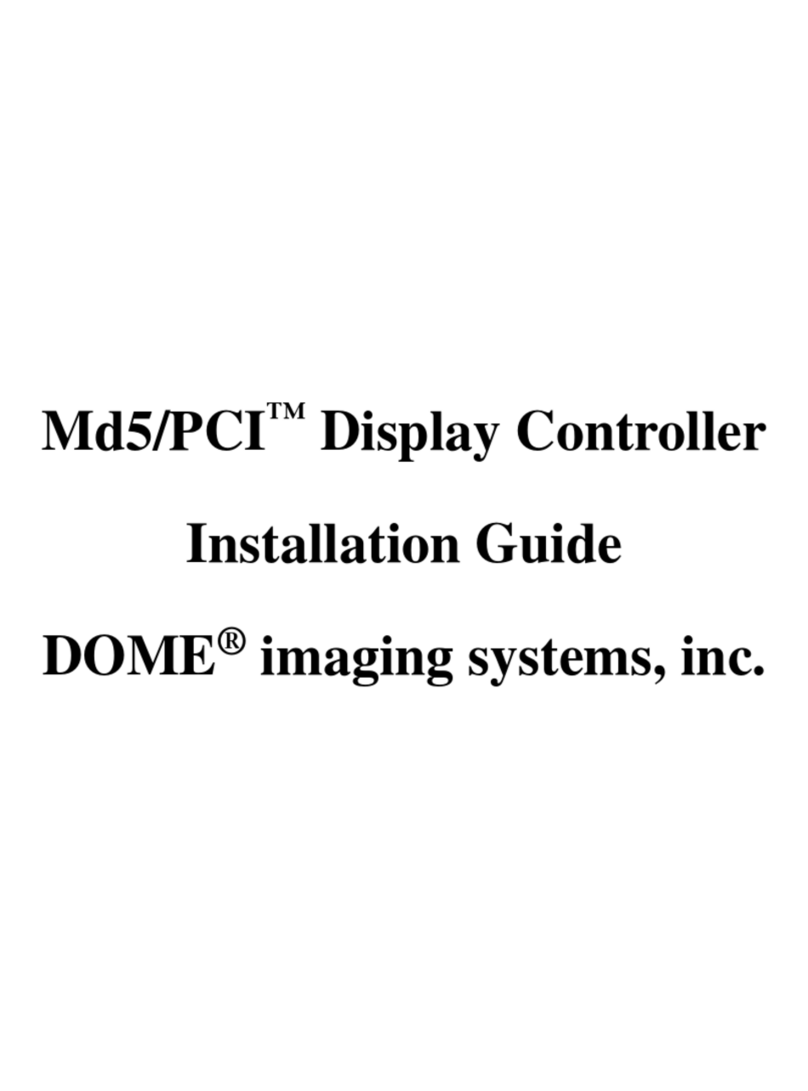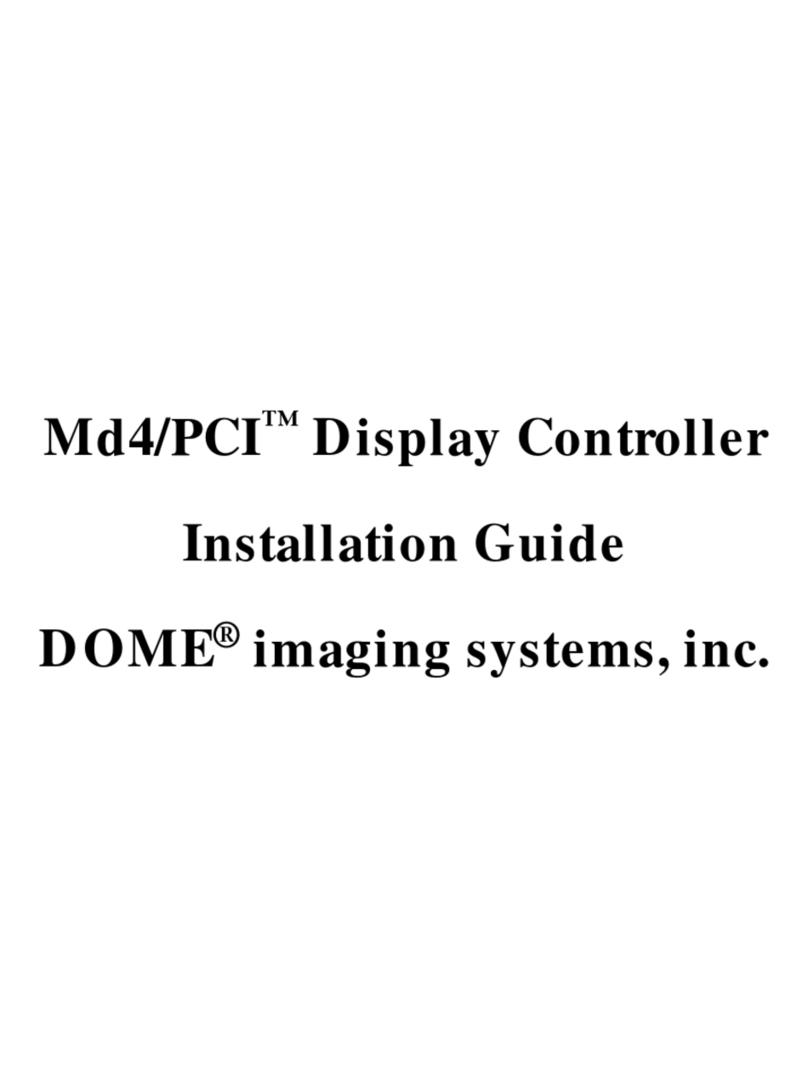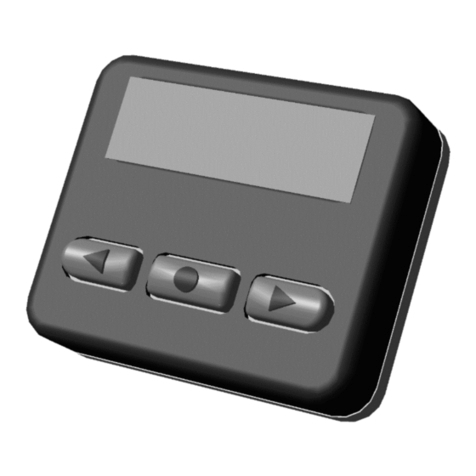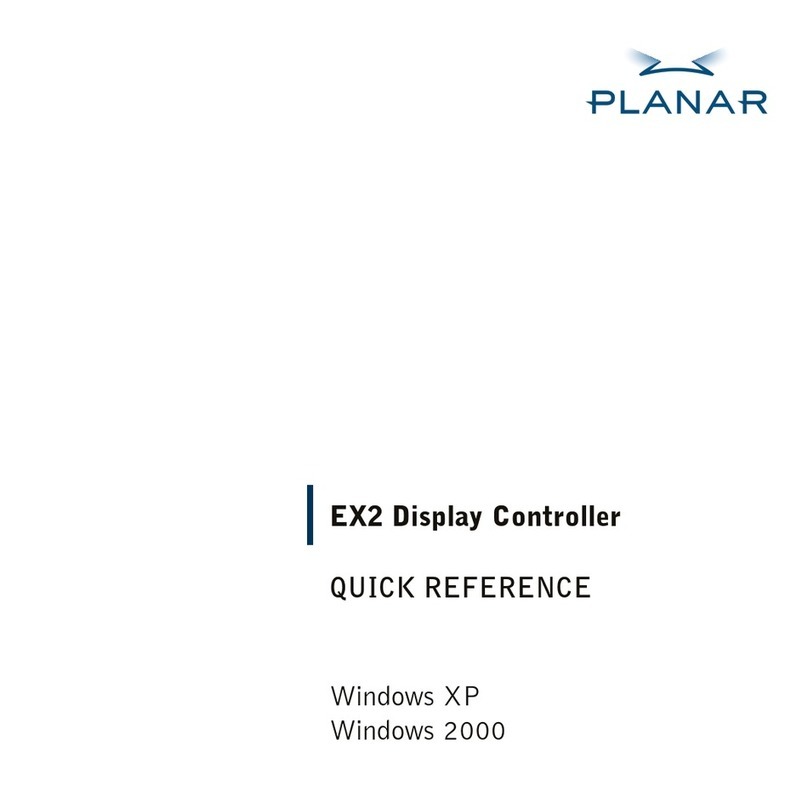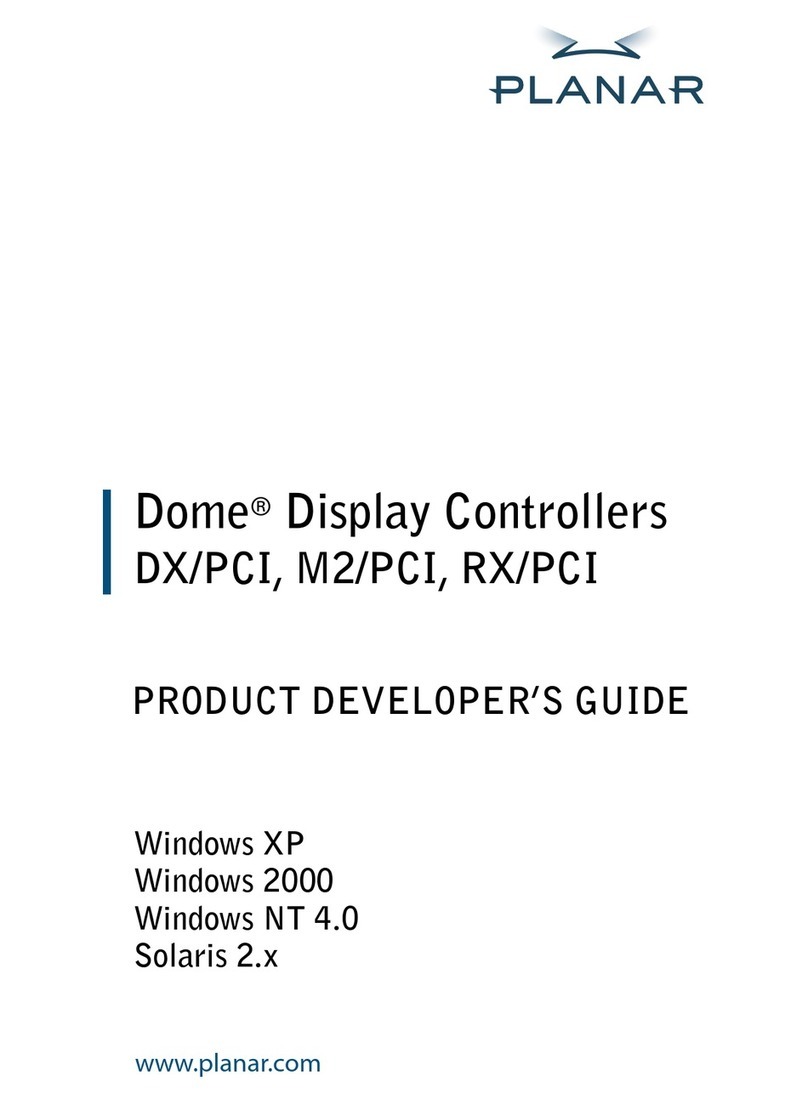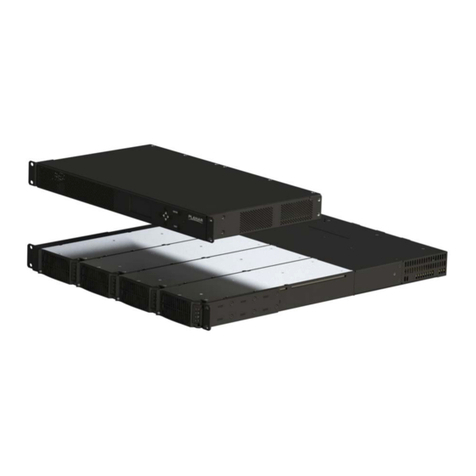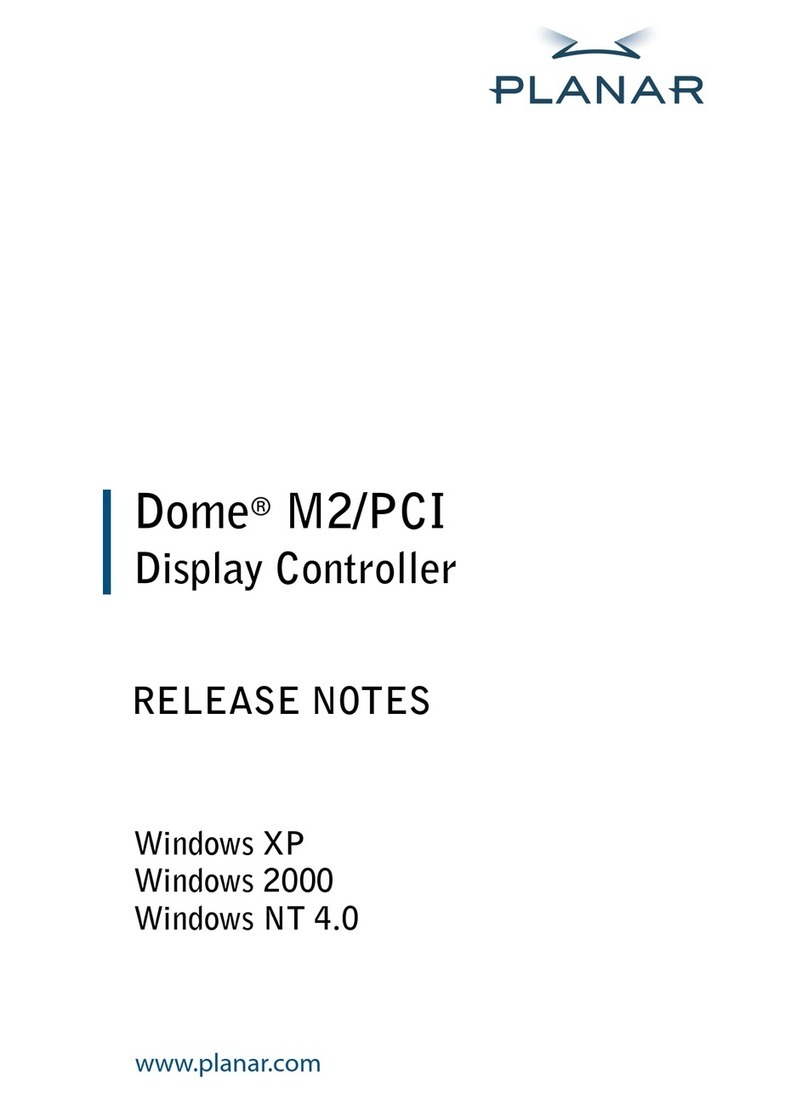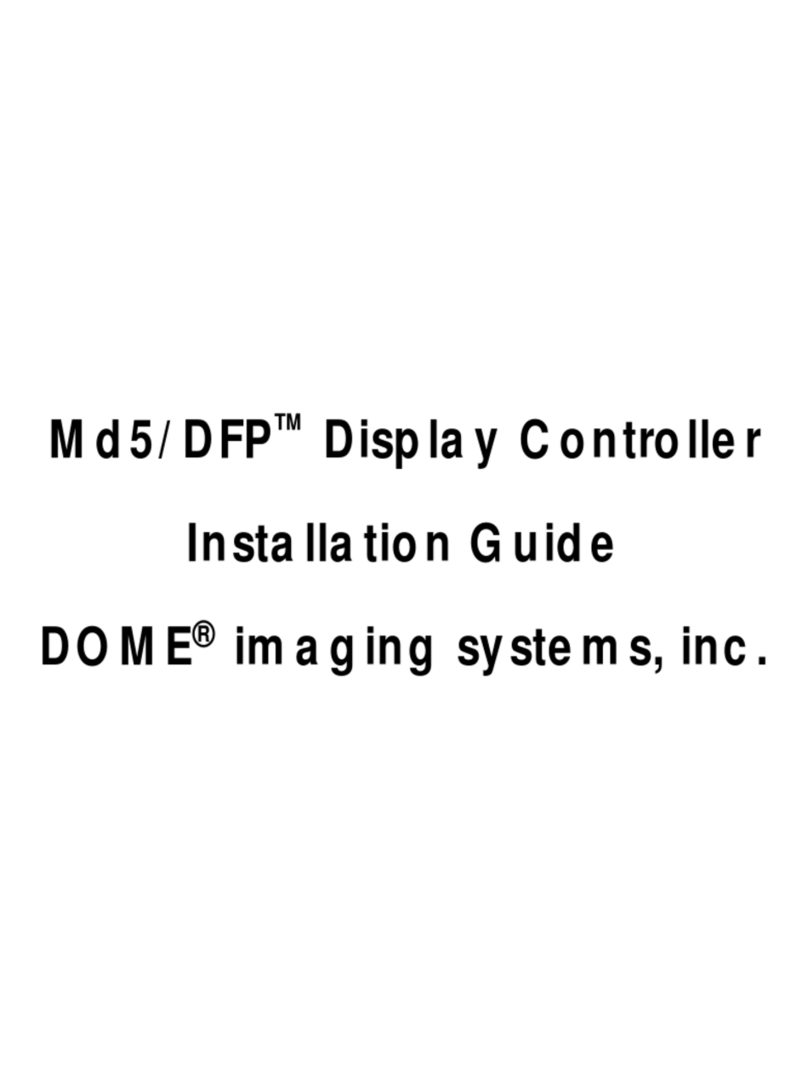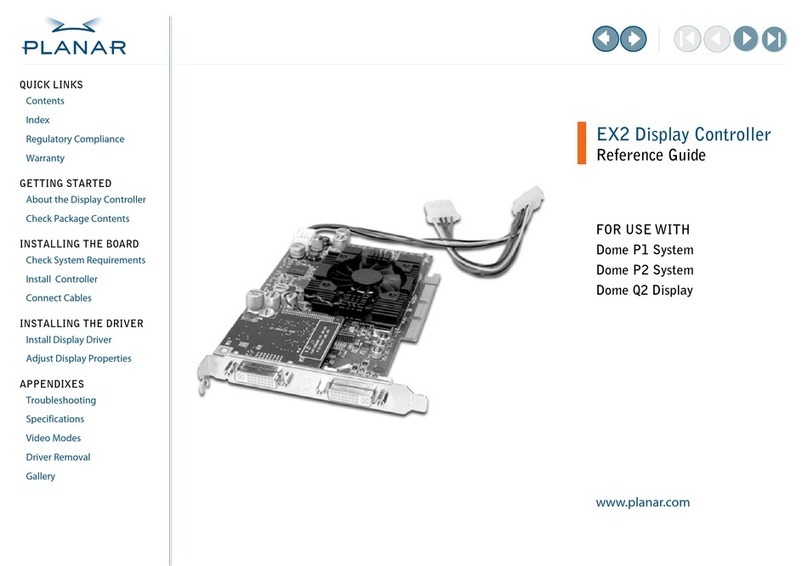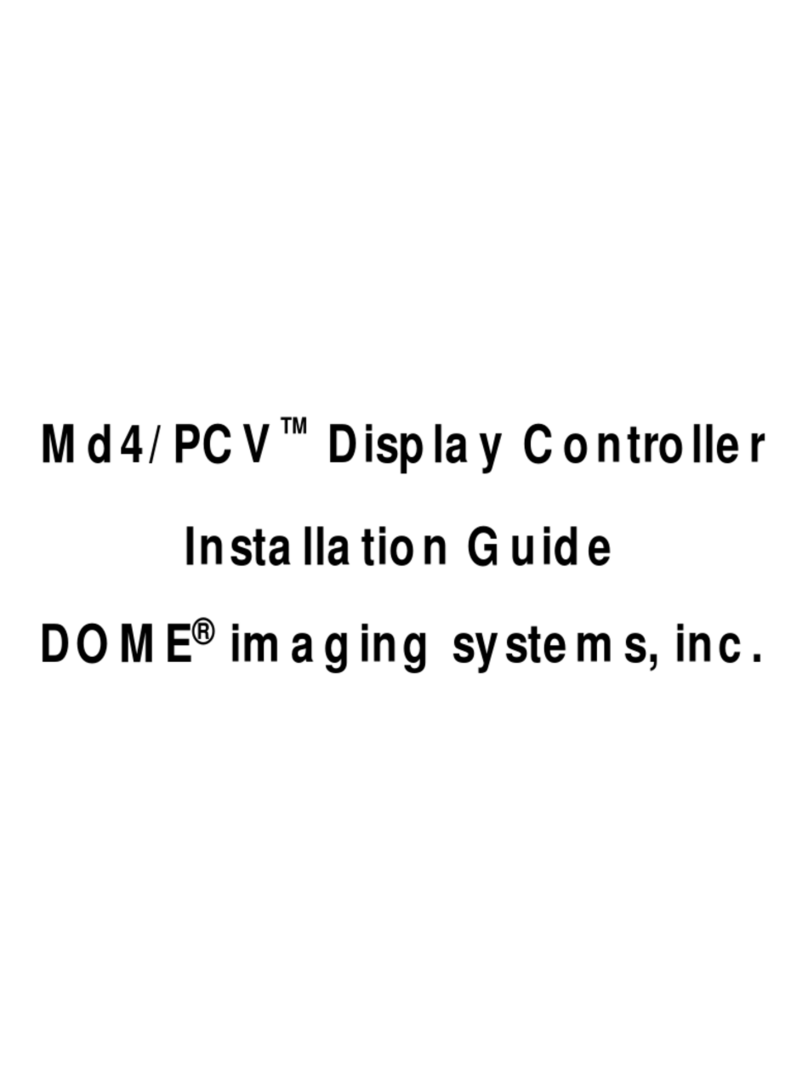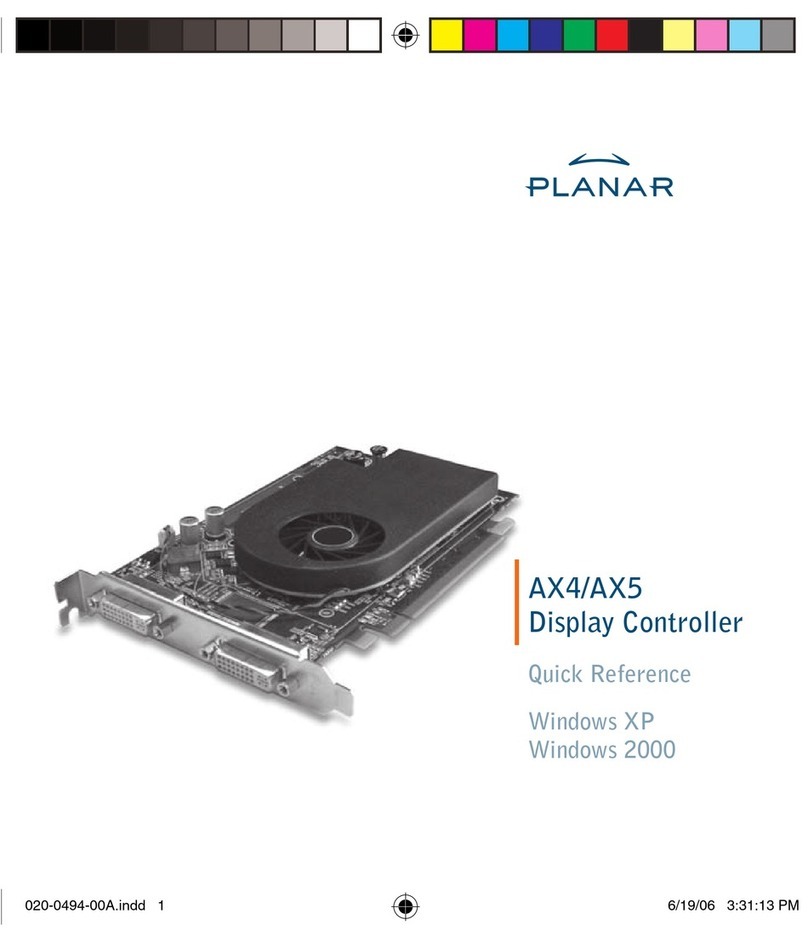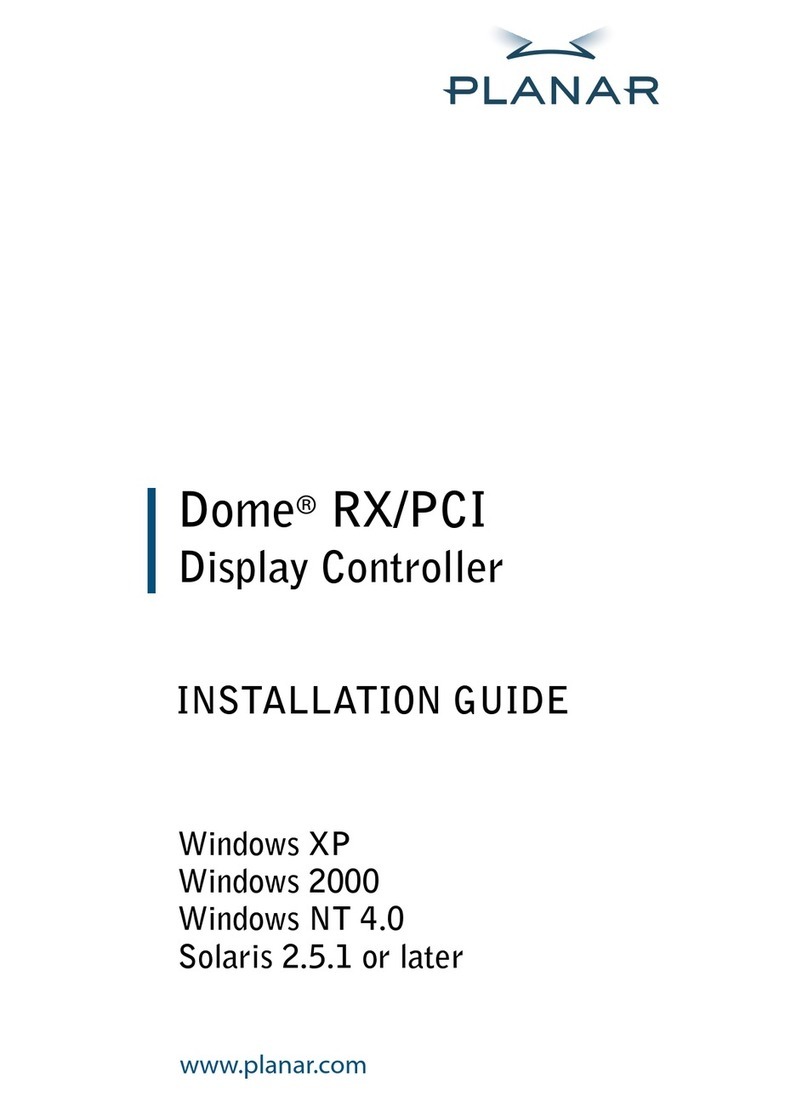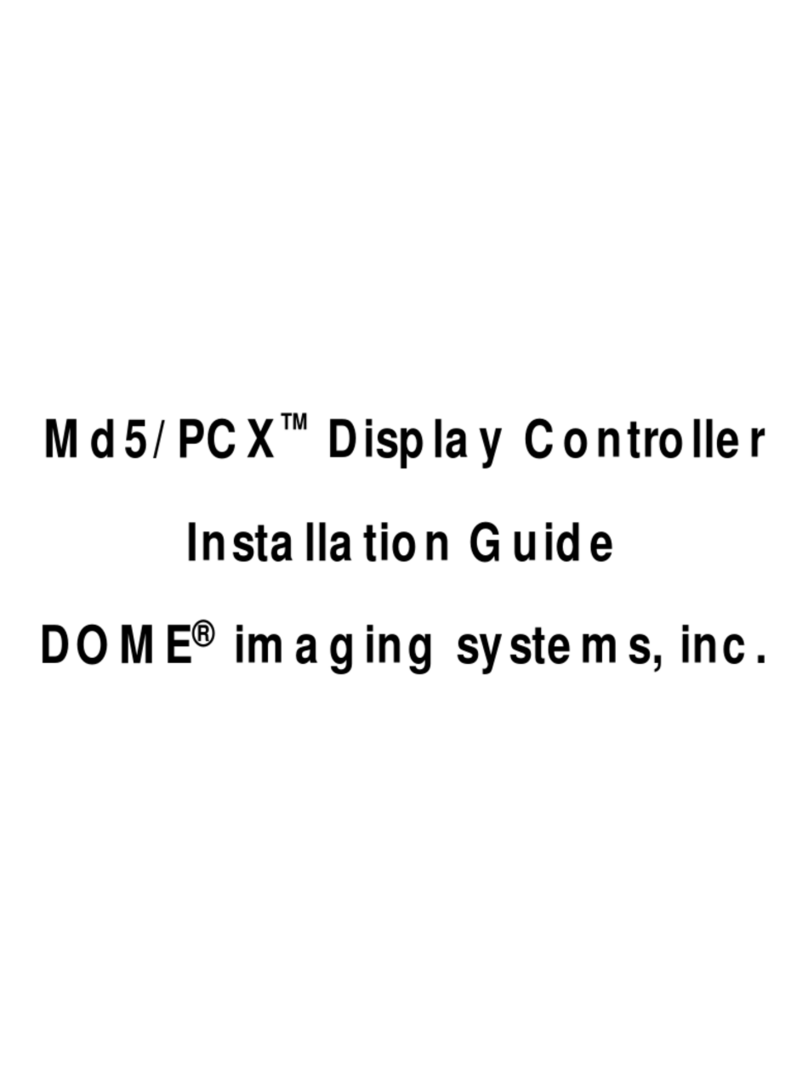
Copyright © DOME®imaging systems, inc., 2000. All rights reserved.
This document contains proprietary information of DOME imaging
systems, inc. It is DOME’s exclusive property. It may not be reproduced
or transmitted, in whole or in part, without a written agreement from
DOME. No patent or other license is granted to this information.
The software, if any, described in this document is furnished under a
license agreement. The software may not be used or copied except as
provided in the license agreement.
DOME imaging systems, inc. provides this publication as is without
warranty of any kind, either express or implied, including but not
limited to the implied warranties of merchantability or fitness for a
particular purpose. DOME may revise this document from time to time
without notice. Some states or jurisdictions do not allow disclaimer of
express or implied warranties in certain transactions; therefore, this
statement may not apply to you.
Information in this document about products not manufactured by
DOME is provided without warranty or representation of any kind, and
DOME will not be liable for any damages resulting from the use of such
information.
DOME imaging systems, inc.
400 Fifth Avenue
Waltham, MA 02451-8738
(781) 895-1155 phone
(781) 895-1133 fax
Internet address for product information:
Internet address for sales information:
Internet address for technical support:
World Wide Web site:
www.dome.com
Part No. 40-MD4PCX-07
Product No. 55-MD4PCX2
November 2000
DOME and the DOME logo are registered trademarks, and Calibration
TQA, DIMPL, DimplX, Luminance Calibration System, Md4/PCX,
Md5/PCX, and Md5/DFP are trademarks of DOME imaging systems,
inc. Intel is a trademark of Intel Corporation. Microsoft, DirectDraw,
Windows, Windows NT, and Windows 2000 are trademarks of
Microsoft Corporation. Number Nine and T2R are trademarks of
Number Nine Computer Corporation. OpenWindows, Solaris, Sun, and
Ultra are trademarks of Sun Microsystems, Inc. VGA is a trademark of
International Business Machines Corporation.
